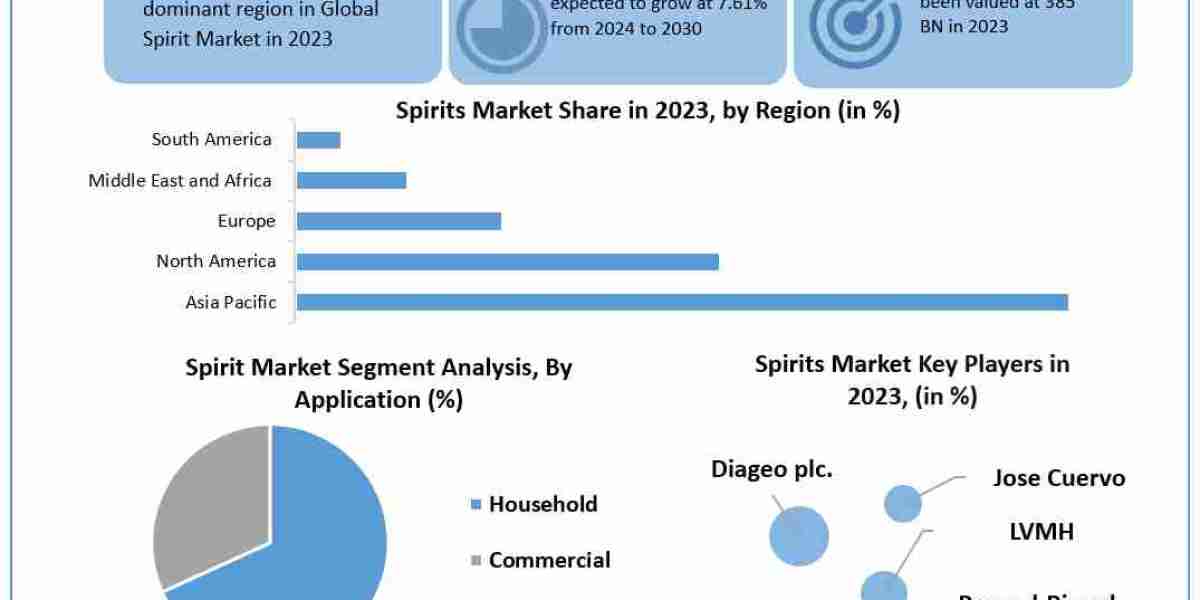he shrimp seed market plays a critical role in the global aquaculture industry, forming the foundational stage for shrimp farming. Shrimp seed refers to the young stages of shrimp, including nauplii, zoea, mysis, and post-larvae (PL), which are bred in hatcheries and later stocked in grow-out ponds. As the global demand for shrimp continues to rise, so too does the importance of a robust and efficient seed supply chain. The dynamics of this market are shaped by a complex interplay of biological, economic, technological, and environmental factors.
Market Growth Drivers
Increasing Global Demand for Shrimp
The rising global appetite for shrimp, driven by population growth, rising incomes, and changing dietary habits, has led to increased investments in shrimp farming. This surge directly boosts the demand for high-quality shrimp seed, as farmers seek reliable sources to ensure strong yields and profitability.Expansion of Aquaculture
As capture fisheries face sustainability concerns and production limits, aquaculture continues to grow as a sustainable alternative. Shrimp aquaculture, in particular, is expanding rapidly in Asia, Latin America, and parts of Africa. The expansion of farming operations necessitates a parallel increase in the availability of shrimp seed, fueling market demand.Technological Advancements in Hatchery Management
Innovations in hatchery techniques—such as biosecurity measures, probiotics, improved broodstock management, and automated feeding systems—have enhanced the survival rates and quality of shrimp seed. These advancements have helped hatcheries increase output and meet growing market demands.Government Support and Policy Incentives
Many governments in shrimp-producing countries offer incentives and subsidies to promote aquaculture development. Policies supporting hatchery infrastructure, seed quality certification, and disease control are contributing positively to the shrimp seed market’s growth.
Market Trends
Shift Toward Specific Pathogen-Free (SPF) and Specific Pathogen-Resistant (SPR) Seed
Diseases like White Spot Syndrome Virus (WSSV) and Early Mortality Syndrome (EMS) have historically devastated shrimp farms. As a result, there is a growing shift toward SPF and SPR shrimp seed, which are less susceptible to common pathogens. Hatcheries are increasingly investing in certified broodstock and improved breeding protocols to meet this demand.Consolidation and Vertical Integration
The shrimp farming industry is witnessing consolidation, with large players integrating seed production into their operations. Vertical integration allows for greater control over the production process, improves traceability, and ensures consistent seed quality. This trend is transforming the competitive landscape of the shrimp seed market.Increased Focus on Genetic Improvement
Selective breeding programs are gaining popularity, aiming to improve growth rate, survival, and disease resistance. Genetic advancements not only enhance farm profitability but also improve feed conversion ratios, indirectly reducing the environmental impact of shrimp farming.Sustainable and Biosecure Hatchery Practices
The industry is increasingly moving toward sustainable and environmentally friendly hatchery practices. Biosecurity is a key focus area, with many hatcheries adopting recirculating aquaculture systems (RAS), water treatment technologies, and disease screening protocols to ensure healthy seed production.
Regional Insights
Asia-Pacific dominates the global shrimp seed market, particularly countries like India, China, Vietnam, and Thailand. These regions have well-established shrimp farming industries and strong government support.
Latin America, especially Ecuador and Brazil, is rapidly growing as a significant market, driven by technological adoption and expanding export opportunities.
North America and Europe, while not major producers of shrimp seed, represent important markets for high-quality broodstock and advanced hatchery technologies.
Challenges
Disease Outbreaks and Biosecurity Risks
Despite advances in disease management, the shrimp seed market remains vulnerable to outbreaks that can disrupt supply chains and cause major economic losses. Ensuring strict biosecurity in hatcheries is essential but can be costly and technically challenging.Quality Assurance and Standardization
Variability in seed quality due to lack of standardization remains a persistent issue in many regions. Inadequate monitoring, substandard broodstock, and inconsistent hatchery practices can lead to poor seed performance and reduced farm productivity.Climate Change and Environmental Stressors
Changing climate conditions—such as rising water temperatures, salinity fluctuations, and extreme weather—impact hatchery operations and larval development. These stressors require adaptive strategies to maintain seed quality and output.Access to High-Quality Broodstock
In many developing countries, hatcheries face difficulty sourcing high-quality, pathogen-free broodstock. Limited access hampers their ability to produce reliable shrimp seed, particularly for advanced species like Litopenaeus vannamei.
Future Outlook
The shrimp seed market is poised for continued growth, driven by the global expansion of aquaculture and technological progress. However, addressing challenges like disease control, seed quality, and environmental sustainability will be key to maintaining long-term stability and profitability. Collaborative efforts among hatcheries, governments, and research institutions will play a pivotal role in shaping the future of this essential aquaculture segment.



